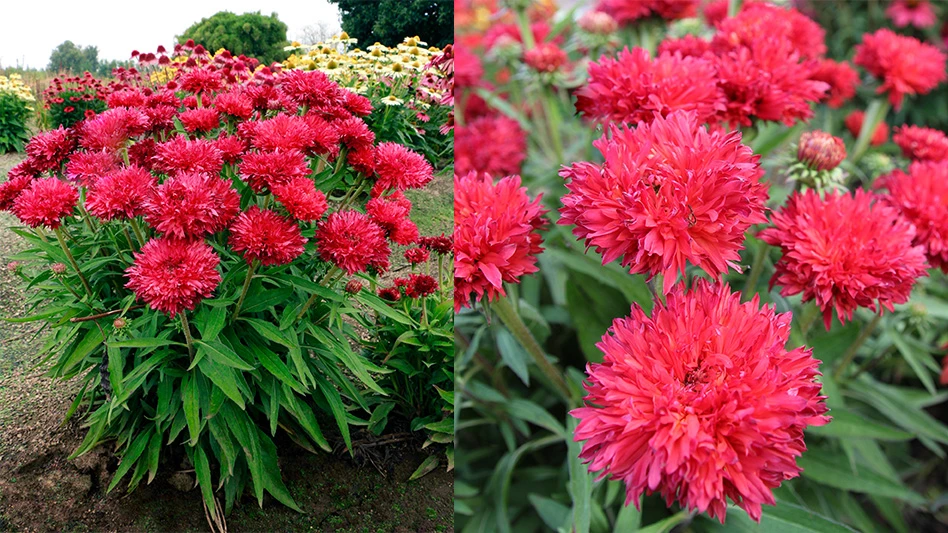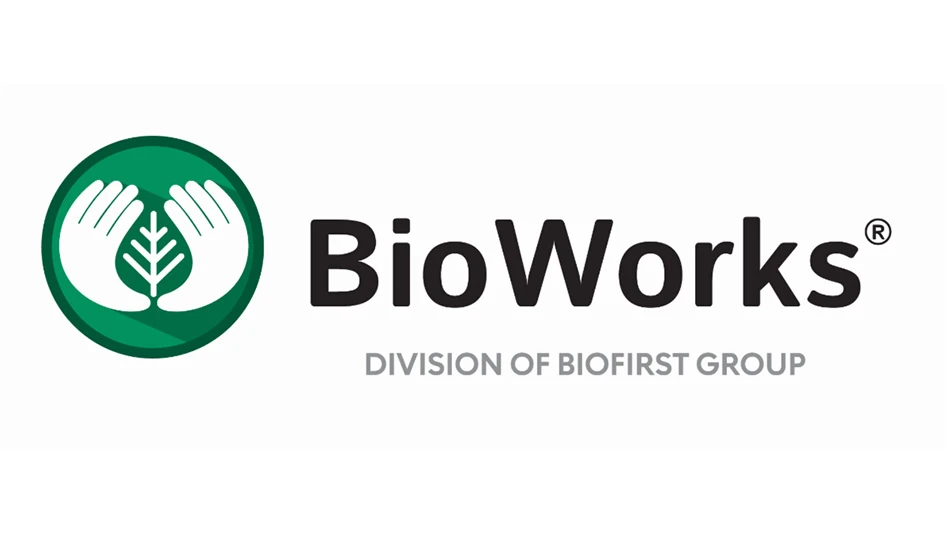|
Leafminer is a catch-all name for insects that spend at least part of the immature stage of their lives feeding within the thin layer of plant foliage. Some attack only one kind of host, while others are far less particular and feed on many plants. Heavily infested plants can be all but destroyed, but low levels of damage on ornamental plants or cut flowers are even rejected for sale or importation. The group includes a variety of beetles, moths, sawflies and flies but in greenhouses the most notorious species has been the serpentine leafminer (Liriomyza trifolii), a kind of fly. Adults are similar in size to fruit flies. Mums and gerbera are among its favorite hosts but it will also attack many other kinds of ornamentals, vegetables and weeds, producing a characteristic narrow, winding mine. Vegetable leafminer (L. sativae), will also attack some kinds of ornamentals but is usually of lesser importance. Growers will see much written on pea leafminer (L. huidobrensis), because of its potential threat to food crops and ornamentals. But so far it doesn’t appear to have become established outdoors in the U.S., and the populations once identified in California are now thought to be a different but similar species, the California pea leafminer (L. langei). It has been very damaging to lettuce but is also a pest of mums, asters and gypsophila. Several years ago the blotch leafminer (Amauromyza maculosa), another fly, was being reported by several growers on chrysanthemum. These are the more common species growers may hear about, if not a complete list.
One bright spot has been the use of biocontrol for managing serpentine leafminer. Two parasitoid wasps are available, Diglyphus isaea for warmer conditions (>72°F) and Dacnusa sibirica when temperatures are cooler (≤70°F, optimal 59°F-68°F). Dacnusa prefers smaller-stage leafminer larvae; Diglyphus releases are better timed when there are more older-stage leafminers in the mine. Syngenta Bioline recommends ordering Diglyphus for arrival one and two weeks after a notable increase in trapped flies is found on sticky cards. The tiny wasps also act as predators, feeding directly on the leafminers within the mine so many more may be killed this way. Although a Syngenta Bioline factsheet notes “Dacnusa does not perform well against L. trifolii,” one study found L. trifolii to be a suitable host for it. The vegetable leafminer L. sativae, however, was not. When it comes to insecticides, growers have many options available. Local experience is essential in determining which are most likely to be effective or useful and whether wetting agents or other adjuvants will enhance performance. Avid (or generic), Conserve, TriStar, Safari, Marathon (or generic), Flagship, pyrethroids (Talstar S, Menace, Discus, Tame, Scimitar, Astro), horticultural oil (SuffOil-X, Ultra-Pure, etc.), and insect growth regulators including azadirachtin products (Azatin, Ornazin, Aza-Direct, Molt-X, etc.), Enstar AQ, Pedestal and Citation. A few combination materials are also available (Sirocco, Discus N/G). Compatibility with biocontrols is also an important consideration; Biobest and Koppert both have good online sources of information in their respective “side effects” pages, or check with your supplier. Be sure to check each shipment to verify biocontrols arrive alive and in the number ordered. In a recent discussion one knowledgeable consultant reported Diglyphus generally performing very well, with supplemental insecticides needed at times. Remember most of these leafminers have wide host ranges with sources of infestation outside the greenhouse itself.
As with other management plans that include biocontrols, prescriptions need to be tailored for each particular situation but the results can justify investment in time and effort where the natural enemies are proven to work. Photos courtesy of Dan Gilrein
Daniel Gilrein is a frequent contributor to Greenhouse Management and an extension entomologist at Cornell University. |

Explore the November 2013 Issue
Check out more from this issue and find your next story to read.
Latest from Greenhouse Management
- Grant awarded to test western U.S. wood species for use as wood fiber potting substrate
- Pennsylvania Horticultural Society announces 2025 Gold Medal Plant winners
- Oasis Grower Solutions announces new Southeast territory sales manager
- A nation of gardeners: A history of the British horticulture industry
- Last Word with Angela Labrum, Bailey Nurseries
- Iowa plant supplier Plantpeddler building retail complex
- This month's Greenhouse Management magazine is about native plants and sustainability
- The HC Companies, Classic Home & Garden merge as Growscape
.jpg)







